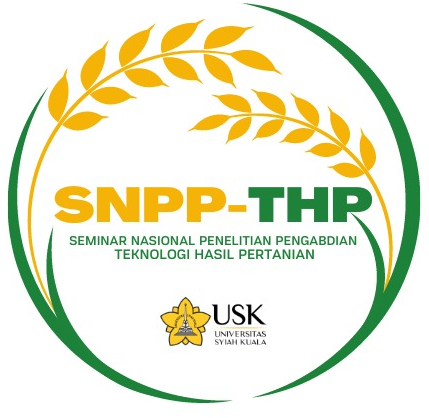

Crackers are one of the dry foods that consumers like, especially in Indonesia. Crackers have a high starch content because crackers are based on tapioca flour. Moringa leaf extract has properties to control blood glucose levels and is used to reduce swollen glands. This research aims to determine the availability of antioxidants contained in beef crackers due to the addition of the percentage of moringa leaf extract. Based on the results showed that the addition of moringa leaf extract in beef crackers had no effect P (>0.05) on the antioxidant value and hygrokoposity value. The research was conducted using a complete randomized design (CDR) consisting of 3 treatments, namely P1 = tapioca flour 100 g + beef 100 g + moringa leaf extract 30% (15ml) + Water 35 ml, P2= tapioca flour 100 g + beef 100 g + moringa leaf extract 40% (20ml) + water 30 ml, P3 = tapioca flour 100 g + beef 100 g + moringa leaf extract 50% (25ml) + water 25 ml, each treatment was repeated 6 times so that there are 18 experimental units. The results of antioxidant analysis on beef crackers with the addition of moringa leaf extract obtained ranged from 19.00 to 38.12 ppm. The lowest hygroscopicity value was found in P2 treatment for 15 minutes which was 0.0 g and high hygroscopicity value in P1 treatment for 120 minutes which was -0.04 g.
Keywords:
antioxidanst, beef crackers, moringa leaf extract, hygrocoposity.
Conference title:
SEMINAR NASIONAL PENELITIAN DAN PENGABDIAN TEKNOLOGI HASIL PERTANIAN (SNPP-THP): Inovasi dan Tantangan Pengembangan Produk Hasil Pertanian yang Halal, Aman, dan Berdaya Saing Tinggi
Page number:
118-121
Volume:
2
Issue:
1
Publication date:
17 October 2022